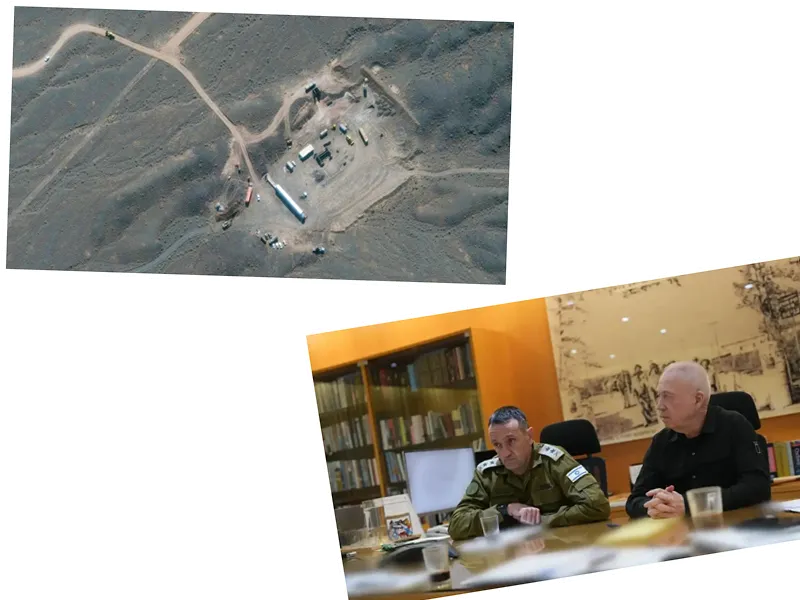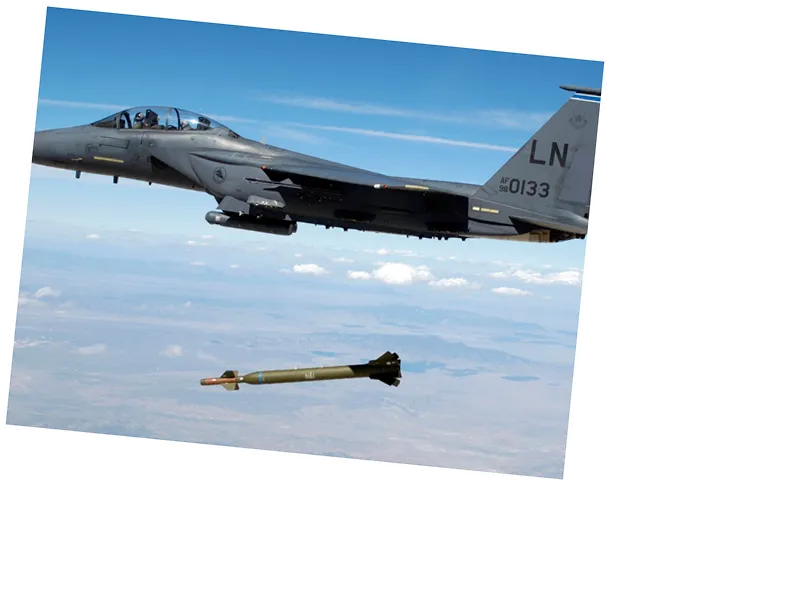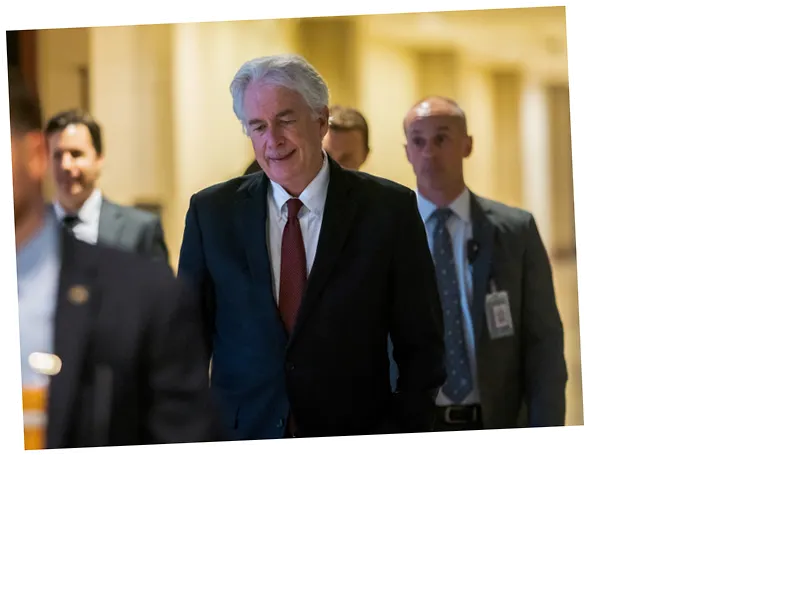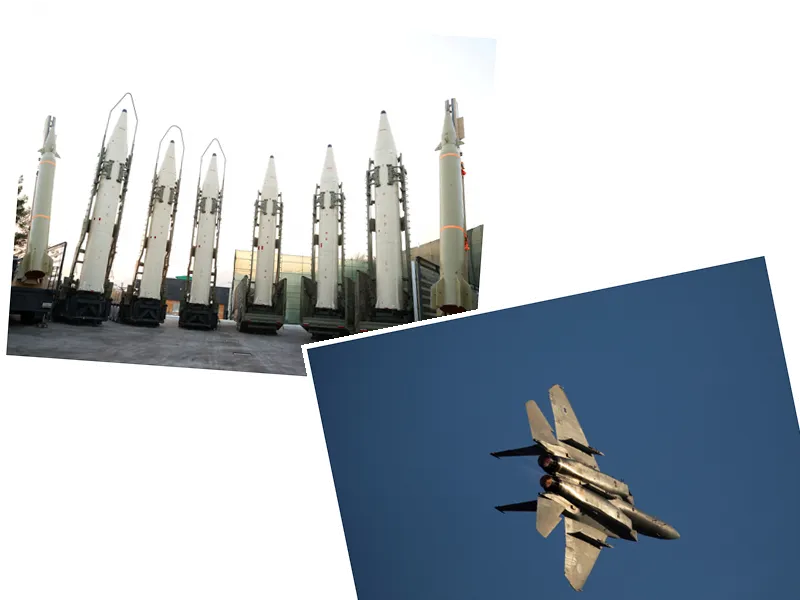Iran's Nuclear Capabilities and International Concerns
In a stark warning, U.S. Secretary of State Anthony Blinken announced that Iran is now capable of producing fissile material necessary for a nuclear bomb within a mere one to two weeks. During a security forum in Aspen, Colorado, Blinken highlighted the alarming shift in Iran's nuclear program, which has accelerated since the expiration of the nuclear agreement. He stated, “The current situation is not good,” emphasizing that Iran's advancements have moved them closer to nuclear capability than ever before.
Diplomatic Efforts and Historical Context
Blinken criticized the previous U.S. administration's decision to unilaterally withdraw from the 2015 nuclear agreement, which had been designed to limit Iran's nuclear ambitions in exchange for sanctions relief. The withdrawal has since led to a significant escalation in Iran's nuclear activities, with Blinken noting that the Trump administration's policies allowed Iran to make substantial progress in its nuclear program. He reiterated the U.S. preference for a diplomatic solution to prevent Iran from obtaining nuclear weapons, stating, “What we need to see is that it stops its nuclear activities.”
The Role of Iran's Leadership
Despite the election of a more moderate president in Iran, Blinken expressed skepticism about the potential for meaningful change in the country’s nuclear policy, attributing ultimate decision-making power to the Supreme Leader. As tensions continue to rise, Blinken affirmed that the U.S. would maintain its maximum pressure campaign against Iran, with over 600 sanctions currently imposed on Iranian individuals and entities. This ongoing strategy underscores the U.S. commitment to preventing Iran from becoming a nuclear power.






